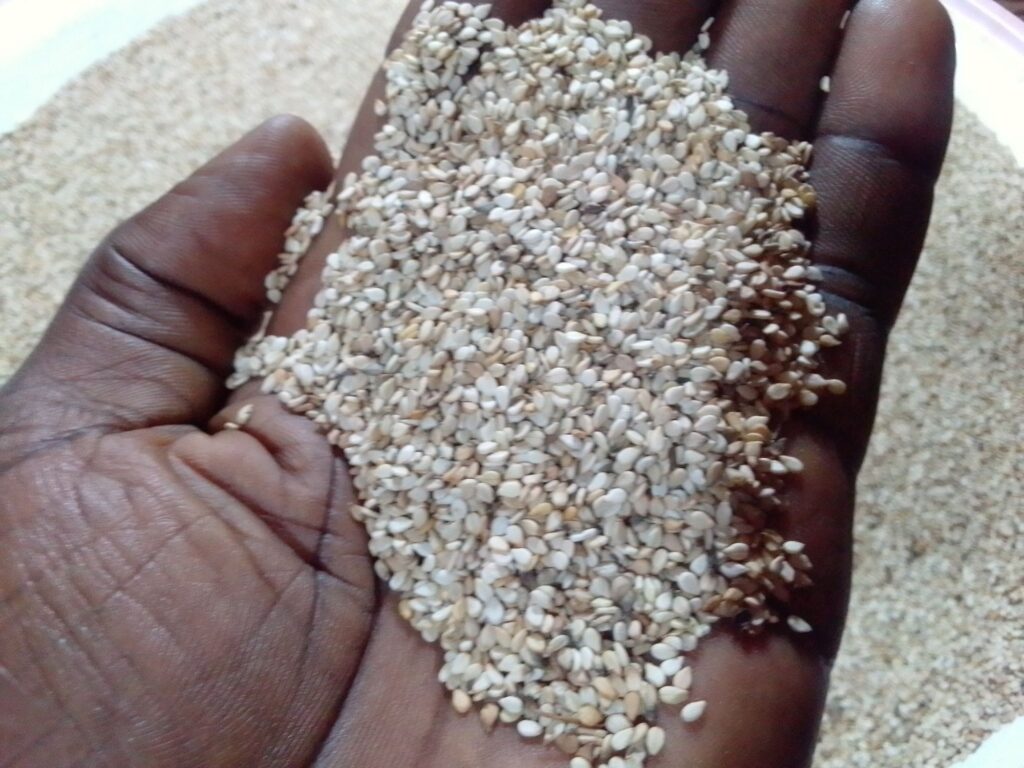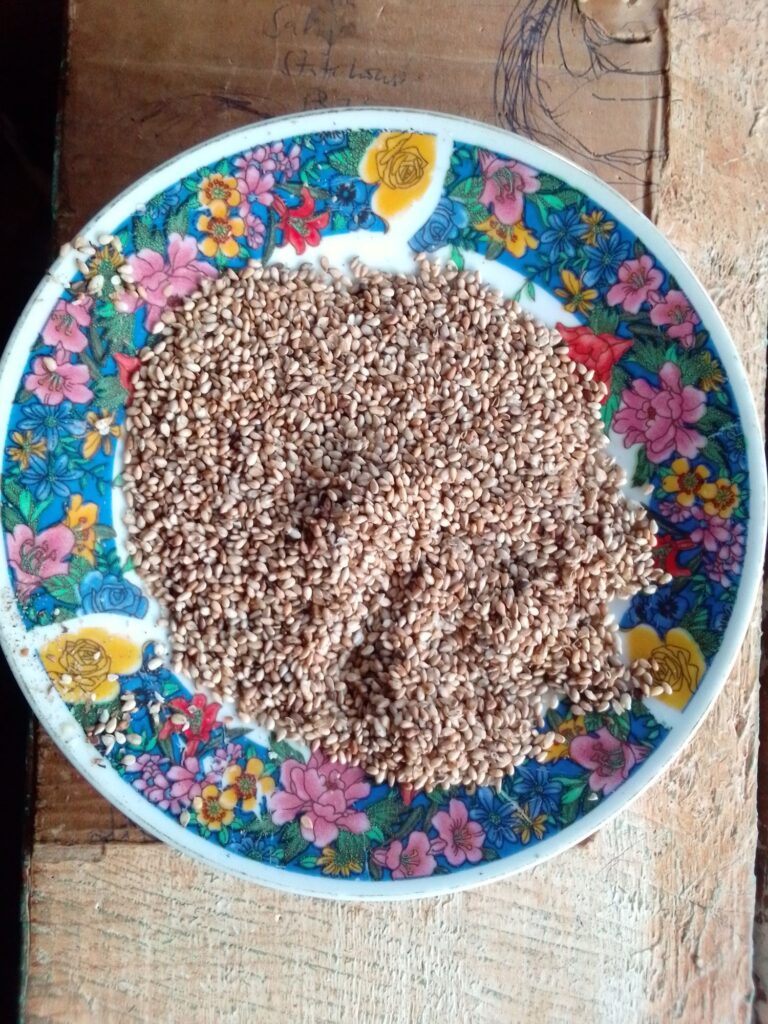
In recent months in this region, I’ve witnessed an increase of young farmers getting involved in growing of traditional cereal and root foods. In the past, the few young people who had ventured into farming and the agribusiness sector had dwelled heavily on the horticultural sector mainly of vegetable farming. But not anymore.
Nowadays there’s a growing trend especially in Busia and the neighboring counties of Bungoma, Kakamega, and even Siaya of more young farmers getting into cereal farming with some even going for root crops, growing sweetpotatoes, arrowroots, and even cassava which was unthought of in the past. New technologies coming into the market and more emphasis on the value addition in the recent days has made it possible and lucrative enough to entice the youth into the sector.
The same has happened with the cereal sector. Because of increasing demand in cereals and cereal products in the country, more youths are farming cereal crops, especially the traditional ones. Some of the crops being grown include: sorghum, millet, and sesame (simsim). When I did a post sometime back about the later, last week I received one very interesting feedback from one reader on my X (Twitter) handle.
Read: Sesame Farming and Health Benefits
This young farmer, Alice, her name was had read my post and got inspired to try sesame farming which she had never done before. So she well prepared her farm and sowed her quality seeds by the end of June. But three weeks later and only a few seeds had germinated. This outcome left Alice very worried and by the time she was reaching out to me, she had contemplated planting beans in that same farm.
The mistake the farmer made
As we chatted in my inbox, first we ruled out the possibility of poor quality seeds that might have failed to germinate. Next we ruled out the water issue as lack of enough moisture in the soil — which is unlikely in these parts — as a likely cause of the seeds not germinating as it had generously rained during the planting period.
Finally I asked about the whole planting process from the digging of the furrows she had used to sowing the seeds, fertilizer application — if she had applied — to how she had covered the seeds.
And that is how we managed to troubleshoot her problem and the mistake she had done to cause it.
Heavily covered the seeds
If you happen to have watched our parents and the older generation planting cereal crops the likes of millet, sorghum and sesame we are talking about, then you wouldn’t have made the mistake the lady did. And this is the problem with the current generation of farmers, very few of them have been raised in farms like we did and which has deprived them of the basic farming knowledge passed on from generation to generation. I have watched my mother time and again planting these crops, sometimes by being involved by helping and that way learning.

When planting crops like Millet or simsim, my mother would mix her well dried seeds with equal amount of dry soil. And until recently before we encouraged her to use shallow furrows in place of broadcasting, she would sow her seeds and leave without covering and germination would be almost hundred percent. She didn’t have to worry about thinning as there hardly was any congestion.
I once watched the same planting system from the Chinese sorghum farmers from a certain documentary. Except they didn’t mix their seeds with soil and fixed the congestion problem by thinning. But on covering, it was interesting to note that as one person with a mule made shallow furrows, another followed with seeds and finally someone holding something that resembled a broom closely followed sweeping behind them. That is how these intelligent farmers covered the seeds.
Cover the seeds lightly
Sesame seeds are very tiny, about a millimeter long and if you bury them deep in the soil they will end up rotting down there. That’s the reason a shallow furrow, about 10 CM deep or as deep as your finger is recommended. This is usually to cater for fertilization. A big portion of the furrow is filled with compost, followed by inorganic fertilizer such as DAP, then covered by the soil and then now you can plant your seeds and cover lightly.
The problem with a deep furrow is that the seeds end up deeply buried leading to rotting, and even if you cover lightly, you might not cover the whole furrow. The problem comes when it heavily rains and the rain water fills these furrows you left behind with soil and the seeds will still not germinate at the end of the day.
The cost to the farmer
When your sesame seeds rot in the soil and fail to germinate, you will have no option but to repeat planting which will increase the cost of production, on top of time wasting. Weed management will also be a problem since the repeated seeds will now be germinating long after the weeds have, causing a challenge.
This post is to help young farmers so they don’t do the same mistake Alice did. It is also important that you do due diligence and research before planting a new crop. Ask specialists and even our parents for advice. Not unless it’s a new technology involved, it’s prudent to ask the opinion of our parents because some of them have been farming these crops long before we were born and their knowledge and experience is invaluable. Don’t underestimate them.

Disclosure: This banner contains an affiliate link. I may earn a commission if you purchase through it, at no extra cost to you.
